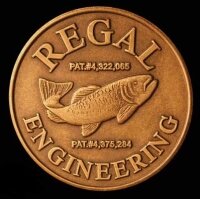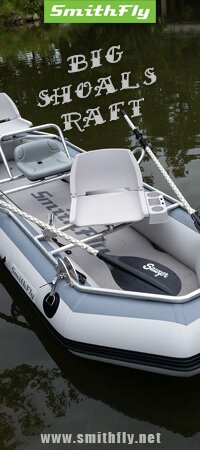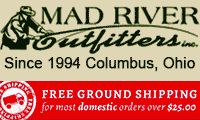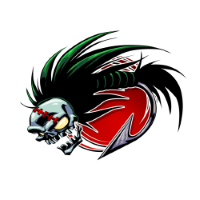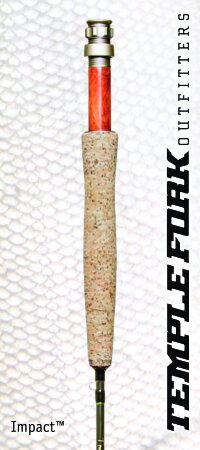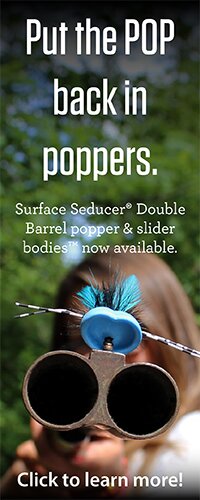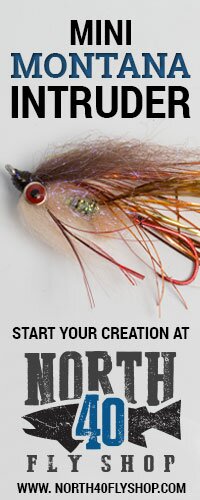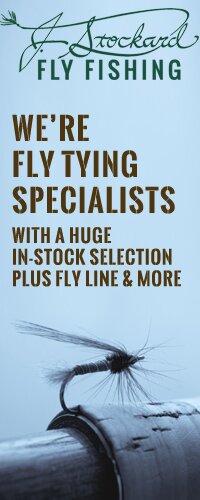NOTE: This is a blog post I wrote for J.Stockard’s Fly Fishing blog. I wanted to share it here so even more people could read it. J.Stockard has selected both of these flies as their Fly of the Month for February, 2017.
In this blog post I want to concentrate on one of the most well known, effective nymphs that exist, the Hare’s Ear nymph. I don’t want to bore you with details of its history, but concentrate on a modern perspective and new ways to tie it. One thing to mention is that hare’s ear fur has been used for a long time, even as far back as the 1600’s. If you want to know more about its history, I recommend heading over to Flyanglers Online and read an article by Tom Travis where he delves deep into the history of the Hare’s Ear nymph.
The reason this nymph is called a Hare’s Ear is because originally this nymph was tied using the fur found in between the ears of a hare. These days, you can purchase a hare’s mask and get the fur by clipping the hair between the ears. Not only can you use the underfur in this region, but to make it even more buggy, you want to use the guard hairs as well. These days fly tiers will use all parts of the mask to tie a Hare’s Ear. Not only that, but tiers that push the envelope even further, use modern dubbing mixes to tie this popular nymph.
The advantages to using a modern dubbing is that it is already prepared for you and packaged. Ready for you to just take what you need and start tying. Also, many of the current hare’s ear type dubbing blends add a bit of sparkle to the mix, making it more attractive. On that note, most of the Hare’s Ear nymphs these days are tied as a Gold Ribbed Hare’s Ear with a bead head. The gold rib is added by using copper or gold wire to rib the fly.
So you may be wondering why I called this article Teddy Bear’s Ear. This refers to my own modern dubbing blend that imitates hare’s ear fur, called FrankenDUB Teddy Bear Brown nymph dubbing. Years ago when I was beginning to learn how to tie flies, I was tying all kinds of flies so I would know how to tie a variety of styles and improve my fly tying. My goal was to be a good fly tier. I started with many of the classics, including the Hare’s Ear nymph. At that time, I had no idea where to get the dubbing I needed to tie it. After researching a bit, I just purchased a couple of dubbings that actually had the name, Hare’s Ear dubbing. If it had Hare’s Ear in the name, I would try it.
I still see this with other beginners and some tiers that haven’t taken the time to do research. They just buy dubbing that has this name to insure they are tying with the correct style of dubbing. So I wanted to reach out and let everyone know that Teddy Bear Brown Nymph dubbing was blended for this exact purpose. Of course you can use that color in other nymphs, but when I was creating FrankenDUB Nymph dubbing I wanted to make sure I had a blend that would work perfectly for a Hare’s Ear nymph. This blend is a great color for a Hare’s Ear and it’s very buggy. Plus it adds just enough sparkle. I almost called it Hare’s Ear, but I called it by a different name. In hindsight, I probably would not be writing this article, if I had just called it Hare’s Ear color. Oh well…
With the help of a terrific nymph fly tier, Justin Bowman, I have included two versions of modern versions of a Gold Ribbed Hare’s Ear nymph. Version number one is the way I tie my Hare’s Ear nymphs and version number two is the way Justin ties his. We both use FrankenDUB Teddy Bear Brown nymph dubbing in our nymphs. The entire material list for each is included and the two photos that you see in this article are the nymphs tied by Justin and I. I have captioned them as Version 1 and Version 2 for clarity.
I hope you have gained some insight from this short article. One important thing to note, is that not all fly recipes are set in stone. You can usually find some kind of substitute for a material and use what you have on hand instead. However, some flies may not perform in the same way if you use a different material. You just have to use good judgment, learn by experience and fish your flies to see if they are performing the way they should.
Version 1 – Paul’s Hare’s Ear nymph
Hook: Partridge Sproat Wet barbless size 12 – or any wet fly hook
Weight: 0.015 Lead Free Wire
Head: 1/8” gold brass bead
Tail: Hare’s Ear fur or Pheasant Tail fibers
Body: FrankenDUB Teddy Bear Brown Nymph dubbing
Rib: Small copper wire
Wing case: Pheasant Tail
Thorax: FrankenDUB Teddy Bear Brown Nymph dubbing
Wing case is coated with Deer Creek Diamond Fine Flex UV Resin.
Thread: Danville Monocord 3/0 – Dark Brown
Version 2 – Justin’s Hare’s Ear nymph
Hook: #16 nymph hook
Head: 5/64 bead
Tail: Hare’s Ear fur
Body: FrankenDUB Teddy Bear Brown Nymph dubbing
Rib: Small amber wire
Wing case: Medium pearl mirage tinsel
Thorax: FrankenDUB Teddy Bear Brown Nymph dubbing
Legs: Partridge – natural



